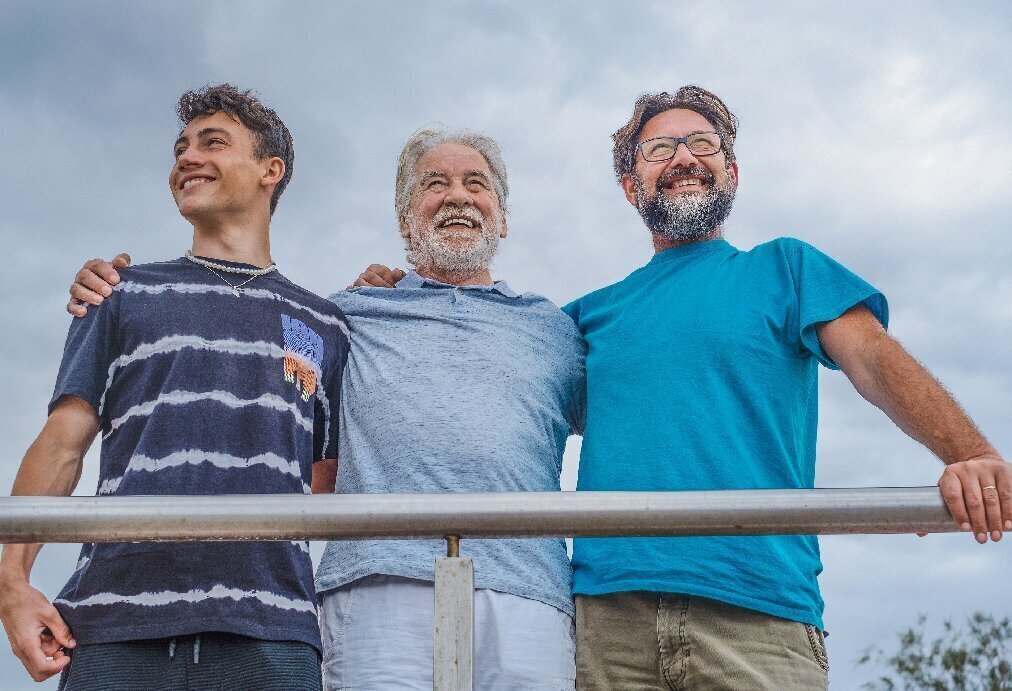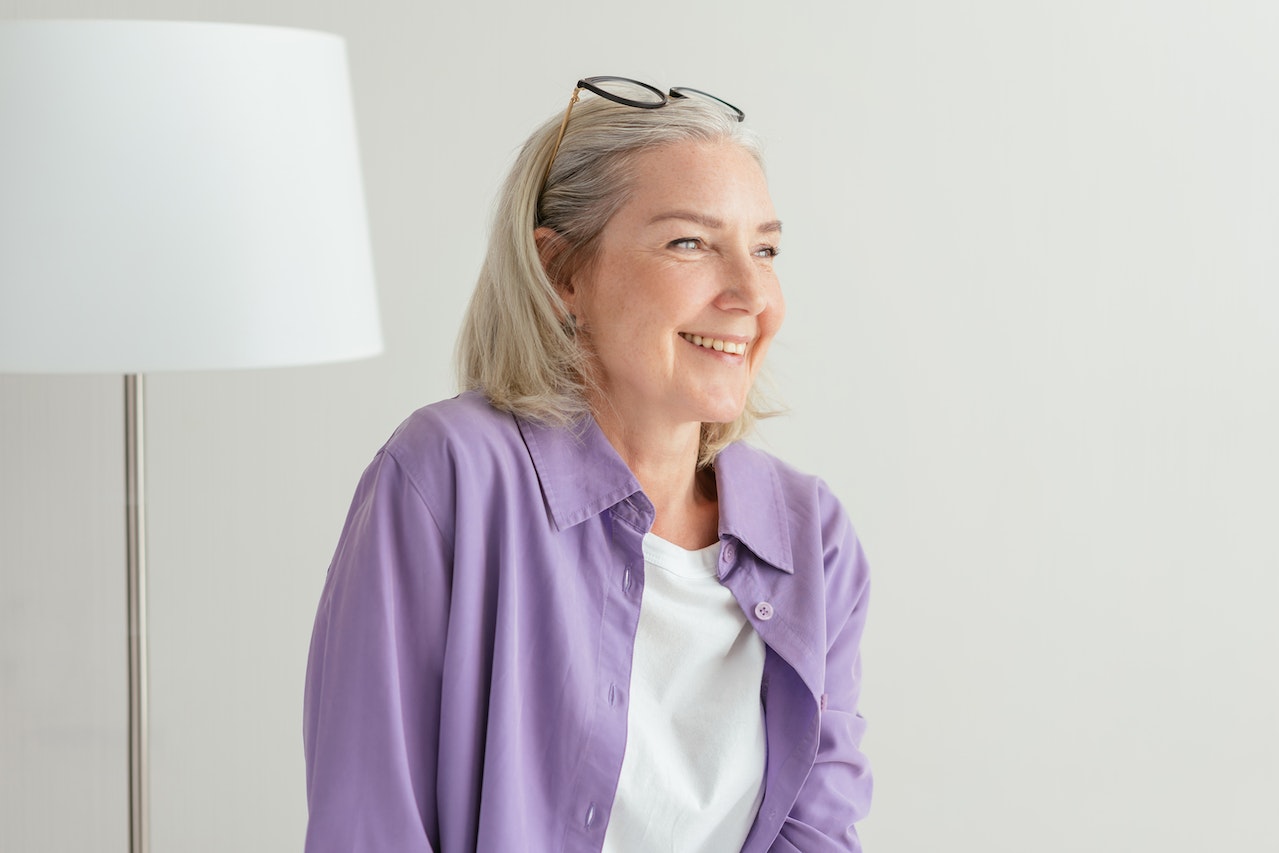Every year and in every way, I try to help create more Anticipatory Leaders and individuals working at Anticipatory Organizations as opposed to reactionary ones who quickly miss opportunities that are in plain sight.
The major cornerstone to an Anticipatory mindset is my Hard Trend Methodology, where we discern between Hard Trend future certainties that are based on future facts that will happen and Soft Trends that are open to influence. This effort lets you see disruption before it disrupts and solve problems before they occur, turning disruption into a choice.
Highlighting the three categories of my Hard Trend Methodology — technology, government regulations, and demographics — one of them is a constant that all organizations in every industry should be paying as much mind to as possible: demographics.
In a recent episode of my “Opportunity Hour: Conversations with the Masters,” I invited Dr. Ken Dychtwald to speak on the subject of the Baby Boomer age wave. Dr. Dychtwald is North America’s foremost visionary and original thinker regarding the lifestyle, marketing, healthcare, economic, and workforce implications of the Baby Boomer Generation.
Ken is a psychologist, a gerontologist, the CEO of Age Wave, and bestselling author of 19 books on age-related issues, including his most recent memoir Radical Curiosity: One Man’s Search for Cosmic Magic and a Purposeful Life. Additionally, he is the creative producer and host of the PBS documentary The Boomer Century and his new PBS special Life’s Third Age.
Understanding the Global Age Wave as a Hard Trend

According to Dr. Dychtwald’s research at Age Wave, at the beginning of the 20th century, the average life expectancy was merely 47 years old. The century before, the average life expectancy was even less, ringing in at around 35.
Now, thanks to the many breakthroughs in the last century or so, including improvements in antibiotics, public health efforts, refrigeration of pharmaceuticals, and exponential self-care, life expectancy has skyrocketed! For many, living to 80, 90, or maybe even more years is a very real possibility. The evidence is clear, as nearly one billion people in the world are currently over the age of 60 and that number is expected to double in the next 20 years.
This has never happened before, and the result is that many societal developments, products, services, and other offerings are not catering to the needs of aging individuals. From automobiles designed to match the form and fit of 20-year-old individuals to our medical system targeting only helping younger individuals too, we have not matched our healthspan to our lifespan.
But aging itself is a Hard Trend. Chronologically, all generations will get older. Right now, the Silent Generation and Baby Boomer Generation are the ones validating this future certainty. Dr. Dychtwald is starting to notice that the whole look and feel of life is moving around and people are now beginning to contemplate living much longer. So how are business, marketing, products, services, and offerings evolving with them?
Changing the Soft Trend
Dozens of questions surround the Soft Trend side of the global age wave, and answers to those help businesses and organizations identify the boundless opportunity that this wave has for everyone.
Dr. Dychtwald identifies a few Soft Trend questions that Anticipatory entrepreneurs should be asking. In what way are people aging? How do people want to grow older? And what might we need to learn? Dr. Dychtwald encourages people to continually reinspire and reinvent themselves, as do I!

Whether this means individuals are learning new hobbies, starting business later in life, or continuing to serve their community on a volunteer basis, in doing so, we as a society match lifespan with healthspan, and the needs of all generations evolve.
So in light of this, what are some problems we can see that we could pre-solve, as well as what are the opportunities that we can see right now for the Silent Generation and Baby Boomers, or even Gen X and Millennials, as they approach their 40s, 50s, 60s, and beyond?
Constant Business Opportunity in Longevity
Knowing that longevity is truly a Hard Trend thanks to medical and technological developments, transforming business operations and offerings to suit the needs of a population that will continuously age while maintaining their faculties and physical abilities more and more is necessary.
For example, if you are a retailer and your primary customer is older versus younger, perhaps your store layout should include more places to sit, nicer bathrooms, and accommodations that suit the needs of the age wave. But let’s also flip the script here for those with a younger customer base and think in a deeply Anticipatory way. If we know aging is a Hard Trend future certainty, how will you evolve with the younger generation you cater to as they age?
Now, at the moment, the Baby Boomer Generation is our focus, and outside of their needs, one important characteristic to note is that they are not as frugal as their predecessors and many of them hold quite a bit of wealth as opposed to younger generations.
Coupled with that, the stigma that older generations are set in their ways is fading fast. Based on Dr. Dychtwald’s research with Age Wave, people are trying new things. People are falling in love at 50, they’re going to the gym for the first time at 60, and even dreaming up new ideas, as evidenced in the highest rate of successful entrepreneurialism in the world being individuals over the age of 55!

If you are a marketer and you are still stuck believing it is youth that all generations chase, or that people over 50 are somehow not worth your attention, you are losing what could be millions upon millions of dollars in opportunity. People over 50 have more money to spend on health, travel, home renovation, gifts, automobiles, and more.
They are an extremely valuable potential consumer base, and they’re hiding in plain sight for the right Anticipatory entrepreneur to serve with significant products, services, or enrichment opportunities that cater to them.






Leave your comments
Post comment as a guest